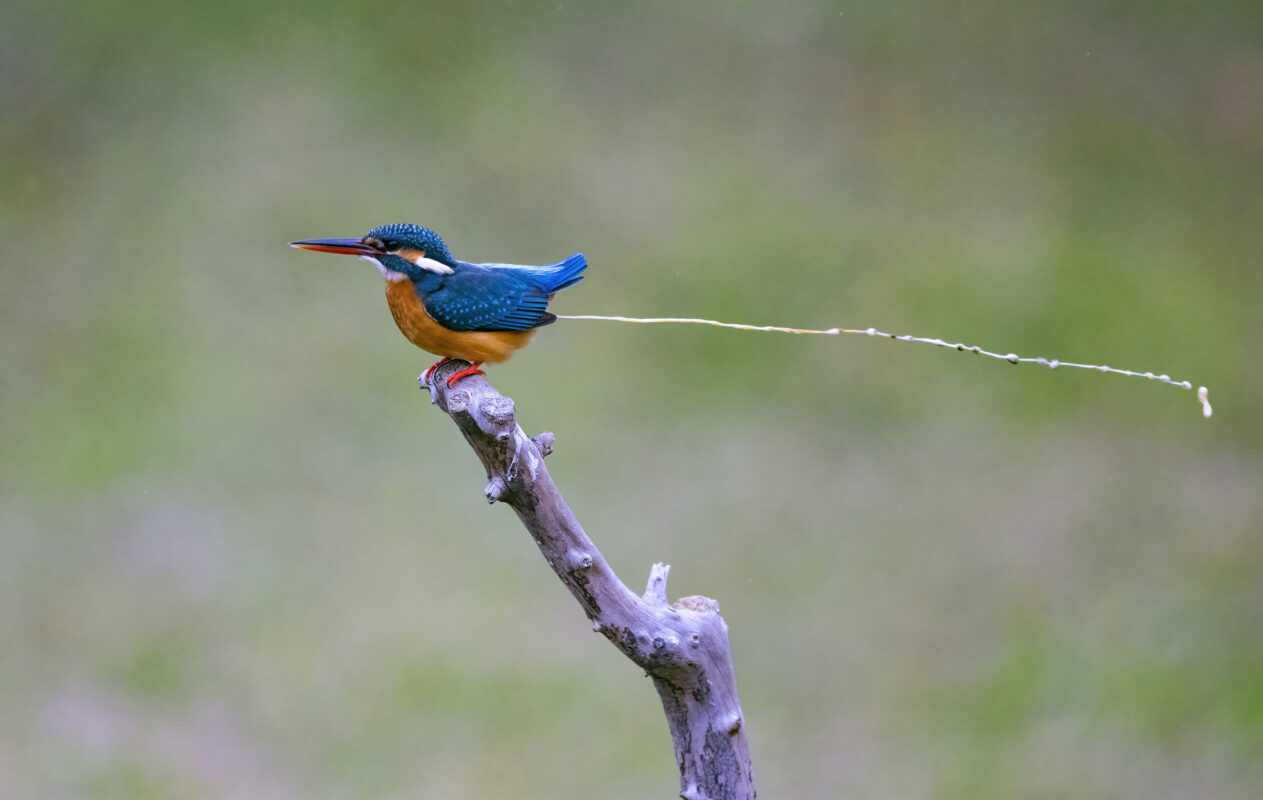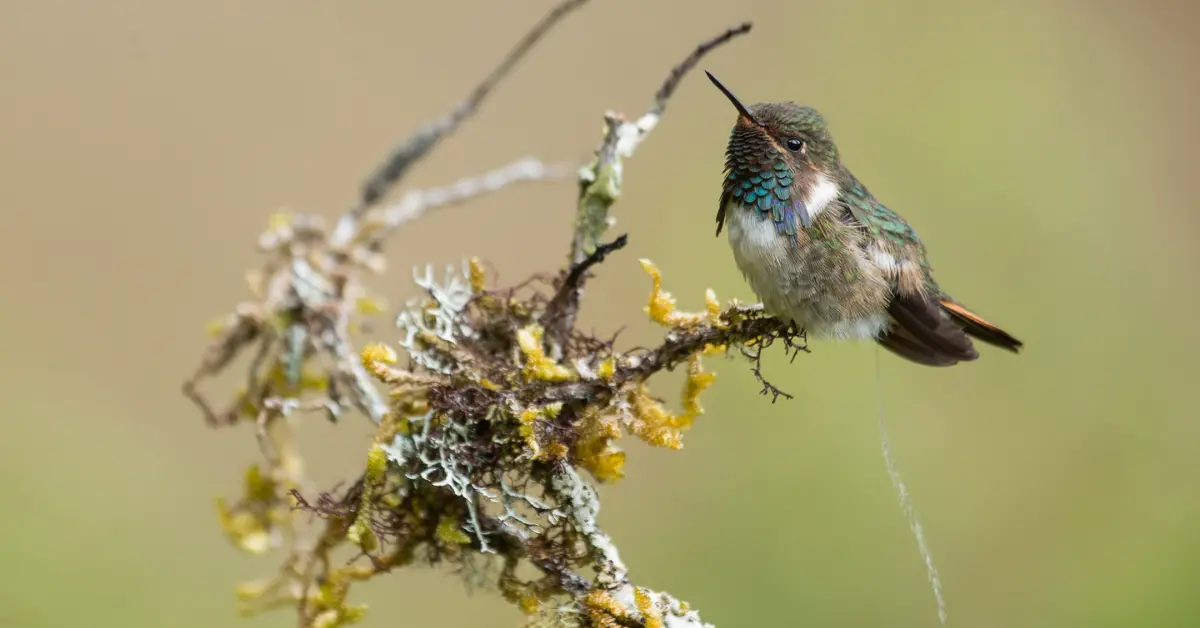Avian Articles, Blogs
Do Birds Pee? Fascinating Facts About Avian Biology
Did you know that scientists found no uric acid in the urine of six bird species? This shows how complex bird biology is, especially when we ask if birds pee. Unlike mammals, birds don’t make urea. They excrete uric acid, which changes how they handle bird bathroom habits and bird waste disposal.
Thanks to new tech, we now know more about how birds get rid of waste. This has led to more questions about gut bacteria and their role in digesting waste before it leaves the body. Exploring bird biology reveals bird urine facts that challenge what we thought we knew about avian excretion.
Key Takeaways
- Birds produce uric acid as waste, unlike mammals that produce urea.
- Research shows birds can excrete 1 gram of uric acid using less than 3 ml of water.
- Recent studies discovered no uric acid in samples from various bird species.
- Modern technology has improved the accuracy of avian waste analysis.
- Birds have diverse gut bacteria that help in breaking down uric acid before excretion.
- Understanding bird excretion has implications for avian physiology research.
Understanding Bird Urination
Birds have a unique way of handling waste that’s different from mammals. They use the cloaca, a special opening for waste from their urinary, digestive, and reproductive tracts. Unlike mammals, birds release both urine and feces at the same time through this opening.
The Anatomy of Waste Disposal in Birds
This special design helps with bird waste disposal and is key for flight. Birds don’t have a bladder, which makes them lighter for flying and helps manage waste continuously5. Without a bladder, they make mostly uric acid in their urine, which needs less water to get rid of. This helps them save water4.
How Birds Excrete Waste Simultaneously
When birds get rid of waste, they do it all at once, leaving behind pasty and white droppings. The solid part is feces, and the liquid is mostly uric acid, which doesn’t mix well with water. This makes their droppings stick to surfaces, making cleanup tough for those who care for them.
The ostrich is an exception, though, as it separates its urine and feces. This shows how different birds handle waste in their own ways, reflecting their unique evolution.
| Aspect | Birds | Mammals |
|---|---|---|
| Waste Disposal Structure | Cloaca | Separate openings |
| Type of Excretion | Simultaneous (uric acid and feces) | Separate (urine and feces) |
| Bladder | Absent | Present |
| Water Conservation | High (uric acid) | Lower (urea) |
Does Birds Pee? The Truth Behind Avian Excretion
Do birds pee? Let’s explore how they handle their waste. Birds mainly produce uric acid, not like mammals which make urea. This helps them save water and manage nitrogen, crucial for surviving in different places.
The Role of Uric Acid in Bird Waste
Uric acid is key in how birds get rid of waste and save water. Birds don’t make urea like mammals do; instead, they have uric acid in their droppings. Studies show that changes in phosphorous levels don’t always mean birds have kidney disease. This shows how complex birds are in dealing with waste.
Research Findings on Bird Urine
Recent studies have uncovered new things about bird urine. T. H. Milroy studied ducks and geese to see how minerals affect uric acid in birds. He found that the amount of urine birds make in a day varies a lot, from 500 to 1500 c.c. These results question what we thought we knew and highlight the need for more research on birds.

| Bird Species | Uric Acid Level (mg/dl) | Fluid Therapy (ml/kg/day) |
|---|---|---|
| Ducks | 10-20 | 50 |
| Geese | 10-20 | 50 |
These studies have given us a better look at how birds deal with their waste. For those curious about bird urine, these insights show how birds manage their waste to live in various environments.
Unique Bird Bathroom Habits
Birds have their own special way of handling bathroom needs. They eliminate waste differently than mammals, showing us some interesting habits.
Why Bird Droppings Are Pasty and White
Bird droppings look pasty and white because of the uric acid in them. Birds don’t have a bladder for urine, so they excrete solid uric acid. Their cloaca absorbs most of the water, helping them manage waste without too much volume.
This leads to droppings that look off-white, cream-colored, or yellowish. The color can change based on what they eat and their health.
Species-Specific Differences in Waste Elimination
Each bird species has its own way of dealing with waste. Smaller birds may go to the bathroom every 15 to 60 minutes. Bigger birds might take longer.
Training birds to use the bathroom can be done in 72 hours with the right approach. It’s important to praise them for using the bathroom correctly, not scold them for accidents. This helps them learn faster10.
Image by Bill Hunnewell via Flickr.
Learning about bird bathroom habits shows us how different species have adapted to manage their waste. Each bird has its own way of dealing with water and adapting to its environment.
Comparative Excretion: Birds vs. Mammals
Birds and mammals have different ways of handling waste, showing how they’ve adapted over time. Birds save water by turning nitrogenous waste into uric acid. This helps them survive in places where water is scarce.
Water Conservation Strategies in Birds
Birds are uricotelic, meaning they mainly excrete uric acid, unlike mammals which are ureotelic and excrete mostly urea. This lets birds conserve water, which is key in dry habitats. Studies show that birds’ kidneys can make very concentrated urine.
The kidneys work together to process waste efficiently. They also control how much water is lost through the kidneys.
The Cloaca: A Multi-Functional Exit
The cloaca is a special opening in birds for both waste and reproduction. This is different from mammals, which have separate openings for each. The cloaca helps birds with waste and reproduction, showing how efficient their bodies are.
Studies reveal that birds’ kidneys handle waste and reproductive tasks well together. Mammals, on the other hand, build up urea in their kidneys to help concentrate urine.
Birds adapt to their environments in unique ways, like their special excretion methods. Learning about how birds handle waste shows us the amazing details of nature.
Interesting Bird Urine Facts
Learning about bird bathroom habits sheds light on their unique biology. A big factor is the role of gut bacteria. These tiny helpers break down waste, like uric acid, making it easier to pass.
This shows how complex birds are and reveals more about their digestion.
The Role of Gut Bacteria in Excretion
Gut bacteria are key for birds, helping to break down waste efficiently. Studies show these bacteria turn uric acid into other substances for excretion. This shows how vital gut health is for birds to get rid of waste well.
It’s important to know how a bird’s diet affects their gut bacteria and waste.
Color Changes: What They Mean
Looking at the color of bird droppings is important for their health check. Different colors can mean different things, like diet changes or health issues. Dark droppings might mean too much iron or a diet change, while light droppings could mean a lack of nutrients.
This helps bird owners understand their pets’ health and spot potential problems early. These color changes are interesting facts that reveal more about bird health.
Final Thoughts
Learning about does birds pee shows us how birds handle waste differently from mammals. They have special ways to save water and deal with waste. For instance, many birds turn their waste into uric acid instead of urea. This helps them save water and creates their unique white droppings.
Studies tell us that a parakeet can make over 30 droppings a day, and a cockatiel more than 20. These numbers show how active birds are in getting rid of waste. The color of their droppings can change based on what they eat, like brown from pellets or red from strawberries.
Exploring bird biology further helps us understand bird urination better. It also shows why research is key. New studies could lead to better care for birds, helping them stay healthy.


